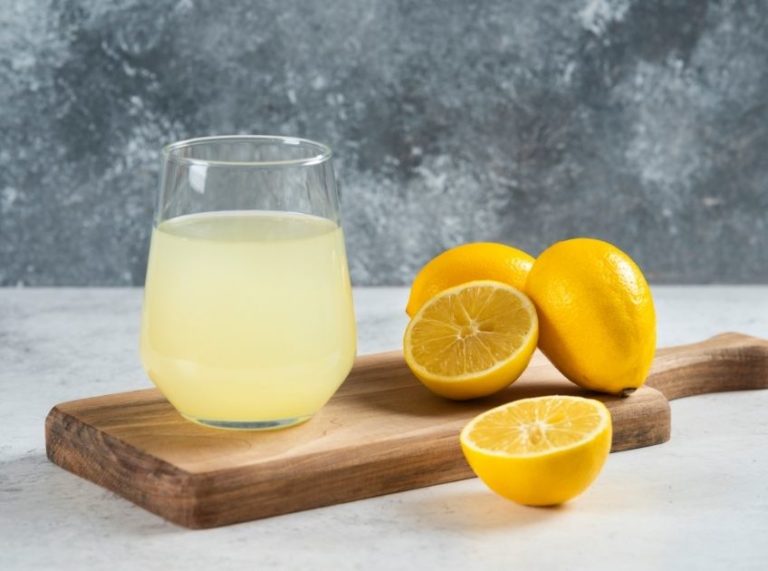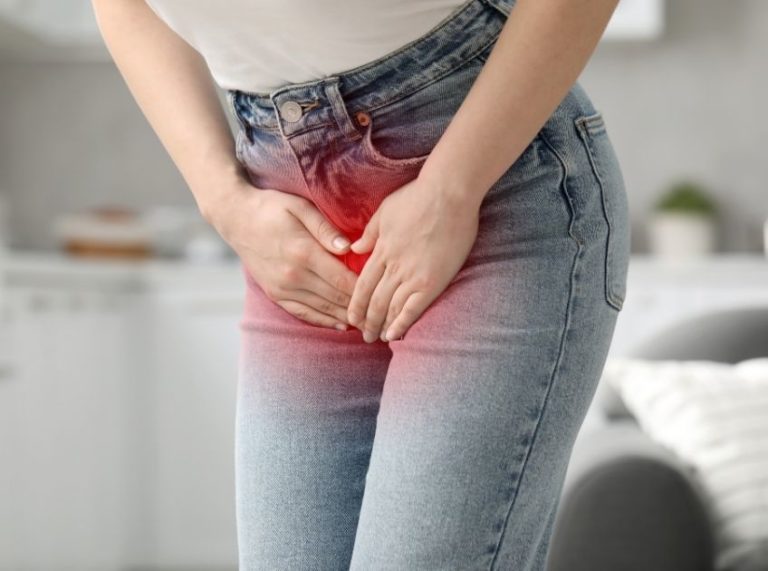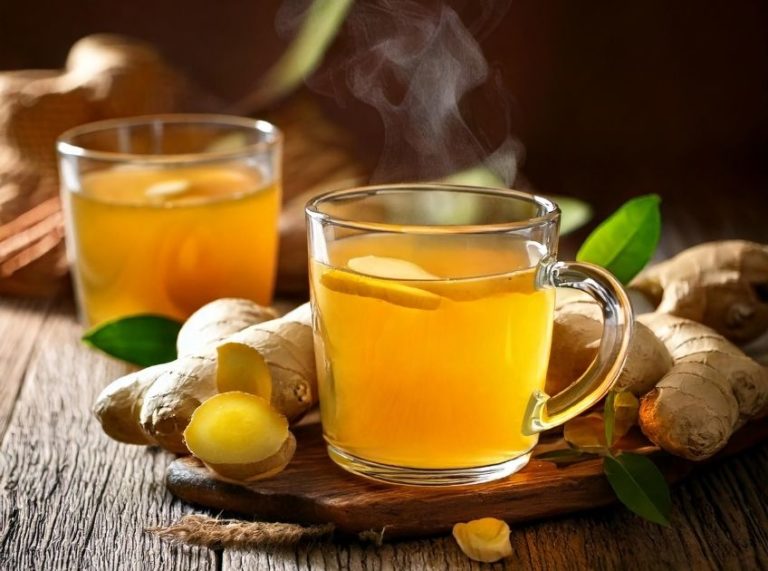
Important: This article is for informational purposes only. Please read our full disclaimer for more details.
Arthritis can make even simple movements feel heavy and painful. While medications, physiotherapy, and lifestyle changes play major roles, many people also turn to herbs—some backed by centuries of traditional use and growing scientific evidence—to complement their pain-relief routines.
From anti-inflammatory botanicals to circulation-boosting roots, certain herbs can offer natural support that eases stiffness and improves joint comfort.
9 Powerful Herbs for Arthritis Pain Relief at Home
Arthritis pain can feel draining, stiff, and relentless. While conventional treatments are essential, these herbs have been used for centuries—and now modern research is validating their benefits. Below is an expert-expanded guide on how each herb works, how to use it safely, and what science says.
1. Turmeric (Curcumin): The Golden Anti-Inflammatory
Turmeric has been used in Ayurveda for more than 4,000 years. Its active compound, curcumin, is one of the most studied natural anti-inflammatory agents.
How does it help with arthritis?
- Curcumin blocks inflammatory pathways like NF-κB, which drive joint pain and swelling. Multiple studies show curcumin can reduce osteoarthritis pain as effectively as ibuprofen, but with fewer gastrointestinal side effects (1).
How to use turmeric:
- Add ½–1 tsp to milk, soups, or teas.
- For stronger effects: use a curcumin extract supplement (500–1000 mg/day) with black pepper (piperine) for better absorption.
Best for:
- Knee osteoarthritis
- Morning stiffness
- Chronic inflammatory pain
2. Ginger: The Warming Root That Reduces Stiffness
Ginger contains anti-inflammatory compounds called gingerols and shogaols. It works similarly to NSAIDs by blocking COX enzymes responsible for inflammation.
How does it help with arthritis?
- A 2020 review of clinical trials showed ginger reduces pain severity and improves mobility in people with arthritis—especially when taken consistently (2).
How to use ginger:
- Ginger tea: 1–2 cups daily
- Ginger supplement: 250–500 mg extract
Topical use: ginger oil diluted in a carrier oil for joint massage.
Best for:
- Cold-induced joint pain
- Swelling and stiffness
- People who prefer warming therapies
3. Boswellia Serrata (Indian Frankincense): For Smooth, Mobile Joints
Boswellia is a powerful Ayurvedic herb known for improving joint flexibility and mobility.
How does it help arthritis?
- Boswellic acids block 5-LOX, an enzyme linked to cartilage damage.
- Studies show Boswellia can improve joint function within 7 days and significantly reduce pain in 4–8 weeks (3).
How to use Boswellia:
- Capsules: 300–500 mg boswellic acids, 1–2 times daily
- Resin powder mixed with warm water or honey
- Boswellia-infused oil for massage
Best for:
- Osteoarthritis affecting the knees, hips, or spine
- Rheumatoid arthritis (as supportive care)
4. Ashwagandha: Adaptogenic Support for Pain & Stress
Ashwagandha isn’t just for stress or sleep—it also supports inflammation reduction through its withanolides.
How does it help with arthritis?
- Lowers stress-induced inflammation
- Reduces inflammatory markers like CRP
- Helps decrease pain perception and muscle tension
How to use Ashwagandha:
- Powder: ½–1 tsp at bedtime
- Capsules: 300–600 mg/day
- As an herbal tea with warm milk
Best for:
- Autoimmune pain worsened by stress
- Chronic fatigue with arthritis
- Night-time stiffness
5. Devil’s Claw: A Natural Analgesic for Joint Pain
Native to Southern Africa, Devil’s Claw is famous for relieving musculoskeletal pain.
How does it help with arthritis?
- Contains harpagoside, which has strong analgesic and anti-inflammatory effects.
- Clinical studies show Devil’s Claw may reduce pain levels as effectively as standard pain meds for osteoarthritis (4).
How to use Devil’s Claw:
- Capsules: 600–1200 mg/day
- Tea: brewed from dried root
- Tincture: 1–2 dropperfuls/day
Best for:
- Severe lower back pain
- Chronic stiffness
- Osteoarthritis of the hips and knees
6. Nettle Leaf: Nutrient-Rich Support for Pain & Inflammation
Nettle is a mineral-rich herb used traditionally for joint and bone strength.
How does it help with arthritis?
- Provides magnesium, calcium, iron, zinc—all essential for joint health
- Reduces inflammatory cytokines
- It can help ease pain when applied topically
How to use nettle:
- Tea: 1–2 cups/day
- Extracts or capsules
- Topical: gently tap fresh nettle leaves (traditional “urtication” therapy) or use nettle-based creams.
Best for:
- Nutrient deficiencies tied to joint pain
- Older adults with bone/joint weakness
7. Cayenne Pepper (Capsaicin): The Heat That Blocks Pain Signals
Capsaicin, found in cayenne pepper, depletes substance P, a key neurotransmitter for pain.
How does it help with arthritis?
- Regular application reduces pain signals, giving significant relief in osteoarthritis and rheumatoid arthritis.
How to use cayenne pepper:
- Capsaicin cream (0.025–0.1%) applied 1–2 times daily
- Avoid using raw cayenne directly on the skin unless diluted heavily
Best for:
- Localized joint pain
- Knee, hand, and shoulder pain
- People who prefer non-oral remedies
8. Willow Bark: Nature’s Original Aspirin
Used since ancient Egypt, willow bark contains salicin, which works similarly to aspirin to reduce inflammation.
How does it help with arthritis?
- Decreases inflammatory prostaglandins
- Provides long-lasting pain relief
- Helps with stiffness and mobility issues
How to use willow bark:
- Tea: 1–2 cups/day
- Supplements: 120–240 mg salicin/day
Best for:
- Knee osteoarthritis
- Lower back pain
- People who cannot tolerate NSAIDs
Avoid if: allergic to aspirin, on blood thinners, or pregnant.
9. Green Tea: Antioxidant Shield for Cartilage
Green tea is rich in EGCG, a polyphenol shown to reduce inflammatory chemicals and slow cartilage breakdown.
How does it help with arthritis?
- Protects cartilage from oxidative damage
- Reduces swelling
- Supports long-term joint health
How to use green tea:
- Brew 1–2 cups daily
- Matcha powder
- Green tea extract capsules (for stronger benefits)
Best for:
- Early-stage arthritis
- Chronic inflammation
- People needing gentle daily support
Beyond Herbs: Other Natural Options for Arthritis Relief
1. Heat Therapy: Soothe Stiffness & Improve Flexibility
Heat relaxes muscles around the joints, increases blood flow, and reduces stiffness—especially helpful for people who struggle most in the morning.
Best ways to use heat:
- Warm compresses: Apply for 10–15 minutes to stiff joints.
- Heating pad: Safe for daily use (avoid very high heat to prevent burns).
- Warm baths: Epsom salt soaks help reduce muscle tension.
- Hot water bag: Excellent for knees, shoulders, and lower back pain.
Best for: Morning stiffness, osteoarthritis, and muscle tightness surrounding joints.
2. Cold Therapy: Reduce Swelling & Numb Pain
Cold narrows blood vessels and decreases inflammation—especially useful after activity or during flare-ups.
How to use cold therapy:
- An ice pack wrapped in a cloth, applied for 10 minutes
- Cooling gel packs for hand and wrist arthritis
- Ice massage for acute swelling
Best for: Acute pain, swollen joints, inflammatory flare-ups, and rheumatoid arthritis flares.
3. Gentle Movement & Exercise: Keep Joints Mobile
Contrary to the belief that rest is best, movement is medicine for arthritis.
Regular, low-impact exercise helps by:
- Increasing lubrication inside joints
- Strengthening muscles that support joints
- Reducing inflammation
- Improving posture & joint mechanics
- Enhancing range of motion
Recommended activities
- Yoga: Increases flexibility, reduces stiffness
- Tai Chi: Improves balance and joint circulation
- Walking: Simple and effective for osteoarthritis
- Cycling: Excellent for knee arthritis
- Water aerobics: Reduces pressure on joints while strengthening muscles
- Stretching routines: 5–10 minutes every day.
Tip: Avoid high-impact exercises like running during pain flare-ups.
4. Weight Management: Reduce Pressure on Weight-Bearing Joints
Even a 5–10% reduction in body weight can significantly decrease knee and hip joint pain.
Why this works:
- Every extra kilo adds 3–4 kilos of extra pressure on your knees with every step.
- Best strategies
- Anti-inflammatory diet
- Strength training
- Post-meal walking
- Portion control
- Consistency over intensity
5. Anti-Inflammatory Diet: Food as Daily Medicine
Certain foods reduce inflammation while others worsen it.
Foods to ADD (anti-inflammatory)
- Fatty fish (salmon, sardines—rich in omega-3)
- Leafy greens (spinach, kale, moringa)
- Berries (antioxidants fight joint inflammation)
- Nuts & seeds (almonds, walnuts, flaxseed)
- Olive oil (contains oleocanthal, similar to ibuprofen in action)
- Turmeric & ginger in daily cooking
- Green tea
Foods to LIMIT (pro-inflammatory)
- Processed sugars
- Red meat
- Trans fats
- Excess dairy
- Fried foods
- White bread & refined carbs
Bonus: Hydration helps the cartilage retain moisture and cushion joints.
6. Omega-3 Fatty Acids: Natural Inflammation Fighters
Omega-3s reduce inflammatory cytokines and help improve joint lubrication.
Sources:
- Fish oil supplements
- Flaxseed (ground)
- Chia seeds
- Walnuts
- Algal oil (vegetarian option)
Suggested intake: 1000–2000 mg/day of combined EPA + DHA (consult your doctor first).
7. Massage Therapy & Herbal Oils
Massage improves blood flow and reduces muscle tension surrounding joints.
Oils that help with arthritis pain
- Ginger oil – warming and anti-inflammatory
- Eucalyptus oil – cooling and anti-swelling
- Castor oil – traditionally used for rheumatoid pain
- Sesame oil – Ayurvedic pain-relief base oil
- Boswellia oil – improves mobility
When to use:
- After warm showers
- Before bedtime
- After mild exercise
8. Acupressure & Ayurvedic Treatments
These traditional methods provide natural relief by targeting energy pathways and improving circulation.
Helpful therapies:
- Abhyanga (warm oil massage)
- Kati Basti (hot oil therapy for lower back arthritis)
- Reflexology
- Meridian acupressure
Benefits:
- Reduced stiffness
- Improved mobility
- Better circulation
- Relaxation & stress reduction
9. Proper Sleep & Stress Management
Stress increases inflammatory chemicals and worsens pain perception.
Tips for better sleep:
- Magnesium supplements (consult doctor)
- Warm milk with turmeric
- Avoid screens 1 hour before bed
- Keep a consistent sleep cycle
- Stress-reducing habits
- Deep breathing
- Meditation
- Gentle stretching
- Light yoga
- Nature walks
10. Supportive Devices & Joint Protection
Certain tools can reduce pressure on joints, allowing them to heal.
Examples:
- Knee braces
- Wrist splints
- Orthopedic pillows
- Compression gloves
- Shoe inserts
- Ergonomic workstations
Why they help: They align your joints, reduce strain, and improve movement efficiency.
When to Ask a Doctor: Safety First
Even natural remedies can interact with medications or medical conditions. Consult a doctor if:
- Pain worsens or affects daily activities
- You’re pregnant, breastfeeding, or on medications (especially blood thinners)
- You want to start concentrated herbal supplements
- You experience swelling, redness, or fever along with joint pain
A doctor or rheumatologist can provide diagnosis, imaging, and treatment options to prevent long-term joint damage.
Frequently Asked Questions (FAQ’S)
1. Are herbs enough to cure arthritis?
A. No. Herbs can support pain relief, but cannot reverse arthritis. They work best alongside medical treatment and lifestyle changes.
2. How long do herbs take to show results?
A. Some herbs (like ginger or cayenne) offer relief in days; others (like Boswellia or turmeric) may take 4–8 weeks for noticeable improvement.
3. Can I combine multiple herbs?
A. Yes, but introduce them one at a time and consult a professional if you take medications or have health conditions.
Herbs offer gentle yet powerful support for managing arthritis pain naturally. Whether you sip turmeric tea, massage joints with ginger oil, or take Boswellia supplements, consistent use can ease stiffness and improve mobility.
Use these remedies wisely, listen to your body, and seek medical guidance when needed. With the right blend of nature and care, managing arthritis from home becomes much easier and more empowering.















